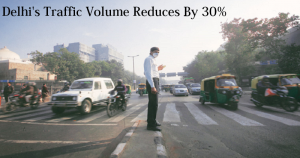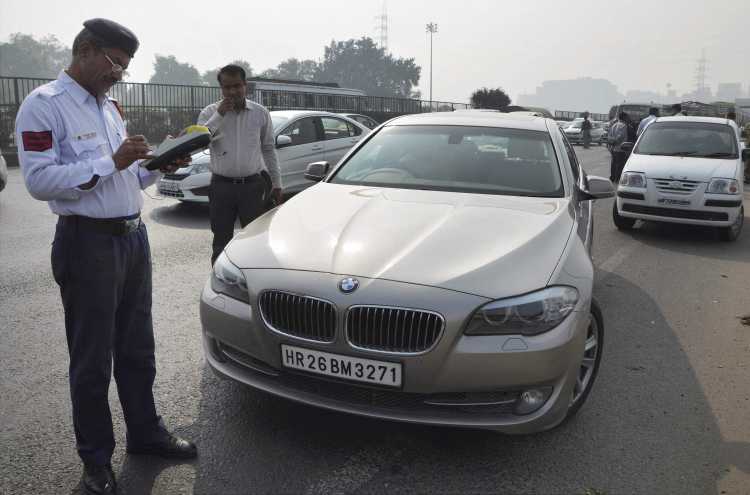
Odd-Even Rule: Delhi’s Peak Hour Traffic Volume Reduces By 30%, Govt Earns Rs 40 Lakh In Fines
In a move to curb pollution, the Delhi government proposed an ‘odd/even‘ number formula for cars, from January 1, 2016. According to the proposal, cars with odd number plate and even number plate will ply on roads on alternate days from Friday in an initial two-week trial i.e upto January 15.

Following the implementation of odd-even theory, the traffic volume has been reduced by about 30 percent in peak-hour & it was declared more successful than expected by the Aam Aadmi Party (AAP) Government. Besides, the challan drive against errant motorists during the scheme has earned the government Rs 40 lakh in fines.
Cops booked 401 drivers for violations, while the transport department fined 207 drivers. A total of 639 challans were issued by SDMs. The number of other violations were also less.

Though no traffic snarls were reported during peak hours, vehicular movement was slow in parts of central and east Delhi as unruly bus drivers flouted lane discipline. “Most buses stopped for a longer duration to woo passengers as they ran empty even during peak hours,” said a traffic police officer.
In the High Court today, the Aam Aadmi Party government suggested the scheme could be extended for a week beyond January 15, claiming that the odd-even scheme has reduced pollution at peak hours in Delhi, the world’s most polluted capital.
>>> New Delhi Alternate Driving Scheme To Reduce Pollution <<<